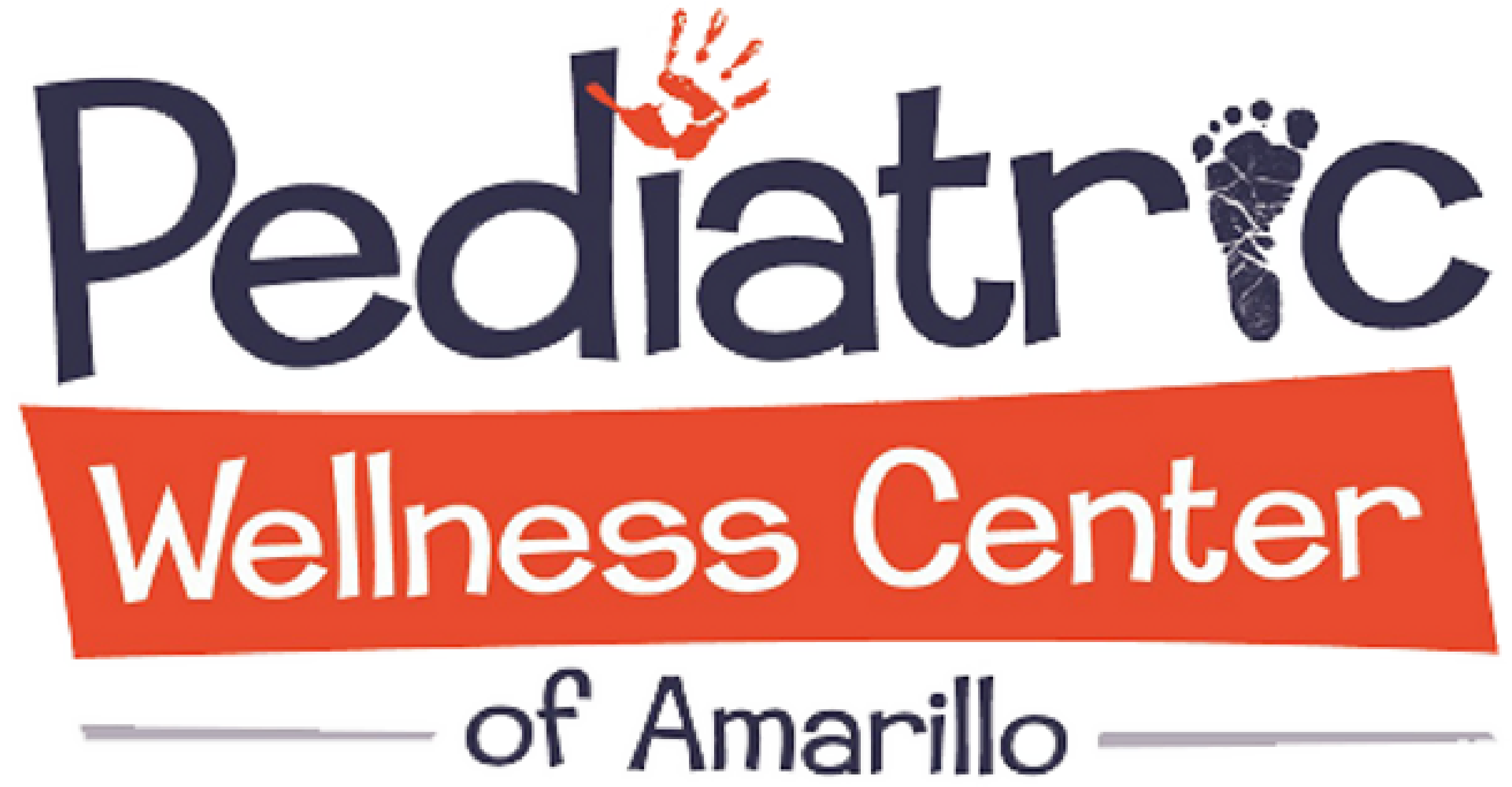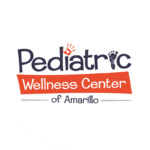thoughts for parents
Regarding the Well being of their kids
There are many issues to discuss when it comes to keeping your kids healthy and well.
is your child at risk?
vitamin D deficiency
Vitamin D is a fat-soluble vitamin that is not only critical for immune system function, but assists in weight loss, supports the growth of a healthy musculoskeletal system, and helps to regulate mood. Up to 15% of children don’t get enough of this vitamin. If your child has signs of a weak immune system or risk factors for low vitamin D levels, boosting vitamin D intake through supplementation, whole foods, and sun exposure is a great first step to correct this deficiency.
Causes
Too Much Time Indoors – With skin exposure to the sun, your body produces vitamin D. Sunscreen blocks this process. Get your child outside to soak up the sun at least 10 to 30 minutes a day (wearing only a tank top and shorts).
Dark Skin Tones – Children with darker skin have higher levels of melanin (the pigment that colors our hair, skin, eyes), which reduces their ability to synthesize vitamin D from the sun. These children need more sun exposure than fair skinned children to produce enough Vitamin D, sometimes requiring as much as 5 times the sun exposure.
Low Vitamin D in Diet – Eating processed food regularly with limited intake of vitamin D rich foods can also contribute to a deficiency.
How to ensure your child is getting enough vitamin D
You can choose to supplement with vitamin D3 ( cholecalciferol-preferably with K2, which aids absorption) as well as make sure your child eats a healthy balanced diet with vitamin-dense foods and gets plenty of time in the sun. The optimal blood level of vitamin D is at least 50 ng/ml, although 70 to 90 ng/ml is preferable.
If you are concerned your child may have a deficiency of Vitamin D, please reach out to us and let us know so we can take the steps necessary to address this critical issue in your child’s health.


